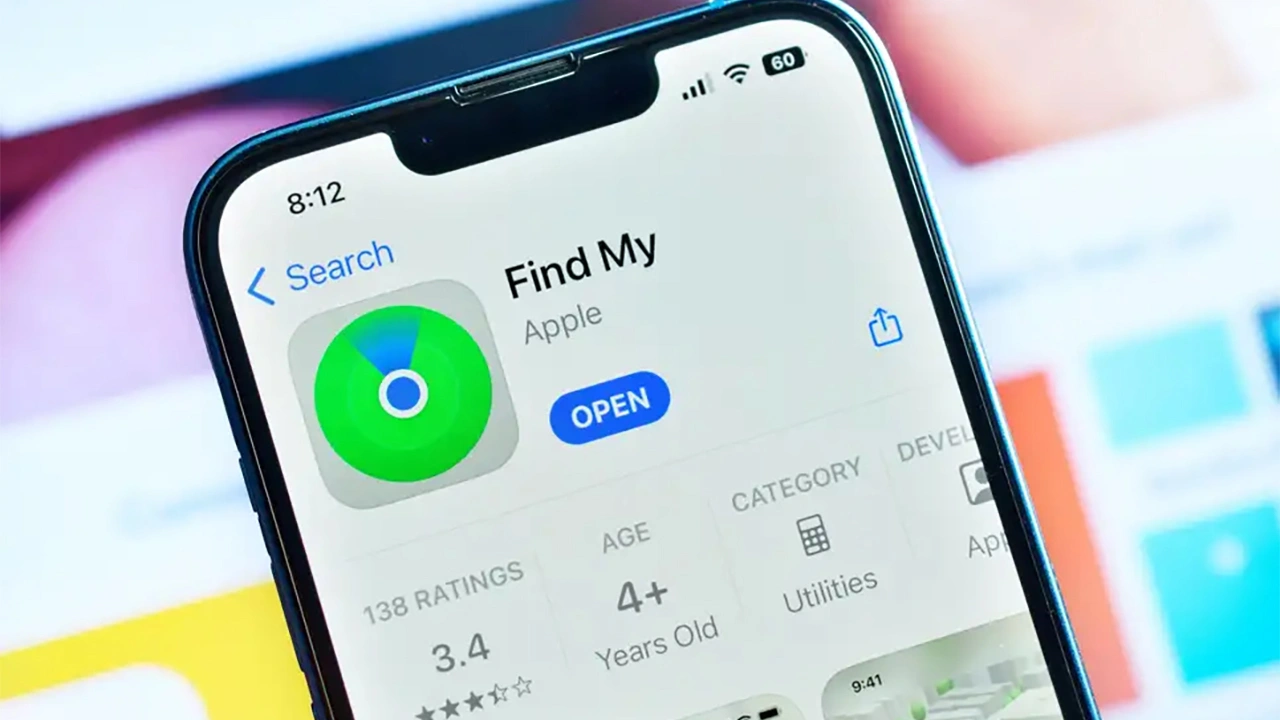
New Vulnerability Exposes Apple’s Find My Network: Turning Bluetooth Devices into Unwitting Trackers
The realm of technology is perpetually shadowed by the specter of security vulnerabilities, and a recent discovery has dramatically amplified these concerns, plunging user privacy into a deeper crisis. Researchers at George Mason University have unveiled a chilling exploit that leverages Apple’s ubiquitous Find My network to transform virtually any Bluetooth-enabled device into a clandestine tracking device, operating entirely without the owner’s knowledge or consent. This revelation poses a significant threat to the privacy and security of millions of users who rely on Apple’s ecosystem for their daily digital interactions.
The Find My network, originally conceived as a benevolent system to aid in the recovery of lost or stolen Apple devices, has inadvertently become a potential tool for malicious actors. The network functions by utilizing Apple devices in the vicinity to pinpoint the location of registered items, such as AirTags, through the transmission of Bluetooth signals. These signals are intercepted by nearby Apple devices, which then relay the location information back to the owner of the lost item. However, the researchers have discovered that the Find My network’s capabilities extend far beyond officially sanctioned Apple accessories like AirTags, creating a gaping security hole that can be exploited to track a multitude of Bluetooth devices.
The vulnerability hinges on a novel attack method dubbed "nRootTag," which cleverly subverts the security measures implemented by Apple to protect user privacy. AirTags, for instance, employ a mechanism of constantly changing their Bluetooth addresses using encrypted keys, a measure designed to prevent unauthorized tracking. However, the researchers demonstrated that these encrypted keys can be rapidly deciphered using powerful GPUs (Graphics Processing Units), enabling attackers to bypass the security protocols and track the location of any Bluetooth device that is within range of the Find My network.
Alarmingly, this exploit does not require sophisticated hacking skills, specialized software, or administrator privileges. The researchers were able to successfully track devices using readily available hardware and software, highlighting the accessibility of this attack to a wide range of potential malicious actors. The implications of this discovery are far-reaching, as it effectively transforms countless everyday devices into potential tracking beacons.
The researchers conducted a series of real-world experiments to demonstrate the effectiveness of the nRootTag attack. They were able to pinpoint the location of a laptop with a precision of 3 meters, track the movement route of a bicycle as it traversed city streets, and even deduce the flight path of a person traveling by air. These demonstrations underscore the potential for malicious individuals to remotely track potential targets, monitor their movements, and gather sensitive information about their habits and routines.
The potential applications of this technology by nefarious actors are particularly concerning. Imagine a stalker tracking a potential victim’s movements, a corporate spy monitoring a competitor’s activities, or a government agency surveilling dissidents or political opponents. The ability to track individuals without their knowledge or consent represents a profound violation of privacy and could have chilling effects on freedom of movement and expression.
The researchers responsibly disclosed the vulnerability to Apple in July 2024, providing the technology giant with ample time to address the issue. Apple acknowledged receipt of the report and expressed gratitude to the researchers for bringing the vulnerability to their attention. However, the company has yet to issue a definitive statement regarding the steps it will take to mitigate the risk.
Security experts caution that completely fixing this vulnerability is a complex undertaking that could take years to resolve. The Find My network is deeply integrated into Apple’s ecosystem, and any changes to its architecture could have unintended consequences. In the interim, users are advised to take precautionary measures to minimize their risk of being tracked. These measures include disabling unnecessary Bluetooth connections, particularly when in public places, and keeping their devices updated with the latest security patches.
Disabling Bluetooth when it’s not actively in use reduces the potential for devices to be tracked through the Find My network. Regularly updating devices ensures that they have the latest security protections against known vulnerabilities. While these measures can help to mitigate the risk, they do not eliminate it entirely.
The discovery of this vulnerability raises fundamental questions about the balance between convenience and privacy in the modern technological landscape. Apple’s Find My network is a testament to the company’s commitment to providing its users with innovative solutions to everyday problems. However, the unintended consequences of this technology highlight the importance of considering the potential security implications of new features and services.
As technology continues to evolve, it is imperative that security researchers and technology companies work together to identify and address vulnerabilities before they can be exploited by malicious actors. This requires a commitment to transparency, collaboration, and a proactive approach to security. Users, too, must be vigilant and take steps to protect their privacy and security in an increasingly connected world.
The ramifications of this vulnerability extend beyond individual users. Businesses and organizations that rely on Bluetooth-enabled devices for their operations could also be vulnerable to tracking and surveillance. This could have implications for intellectual property protection, trade secrets, and competitive intelligence.
The disclosure of this vulnerability serves as a stark reminder that security is an ongoing process, not a destination. Technology is constantly evolving, and new vulnerabilities are constantly being discovered. It is essential that users, developers, and technology companies remain vigilant and proactive in their efforts to protect against security threats.
The future of privacy in the age of ubiquitous connectivity depends on our ability to strike a balance between innovation and security. We must embrace new technologies while also ensuring that they do not come at the expense of our fundamental rights and freedoms. The discovery of this vulnerability in Apple’s Find My network is a wake-up call, urging us to re-evaluate our approach to security and privacy in the digital age.
